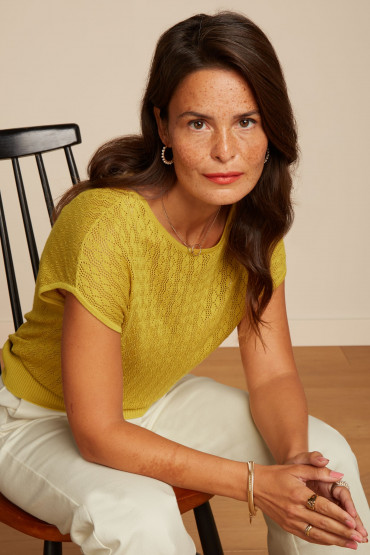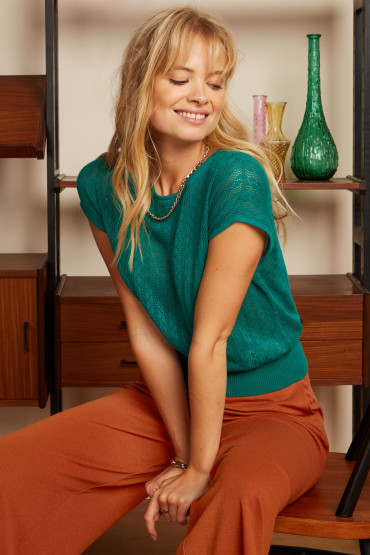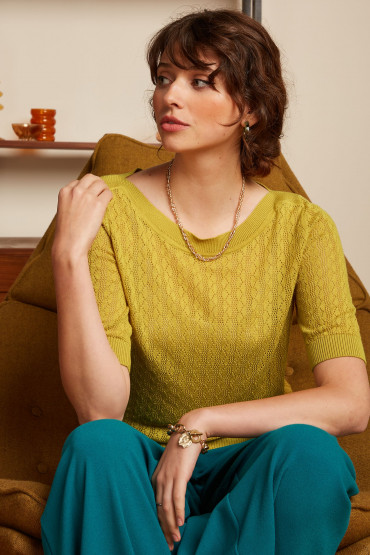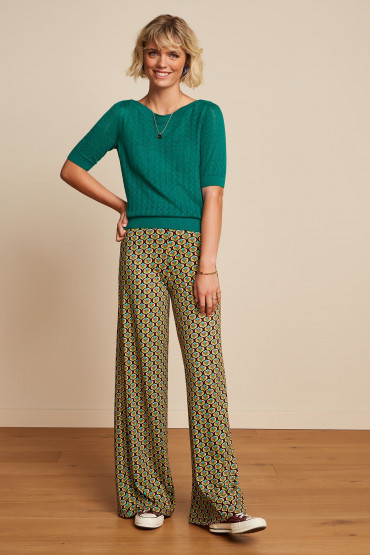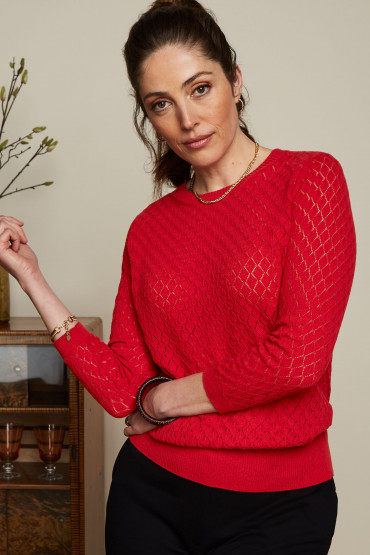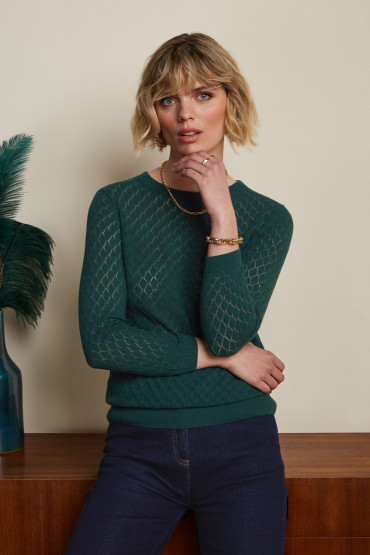

Discover everything about
King Louie’s Circular Collection!
It is time for a new way of producing, in which we do not keep extracting new raw materials, but reuse what is already there. We are proud to have started selling circular clothes, produced in collaboration with Loop.a life, made from your old clothes. Discover everything about our circular items and why this innovation is so important!
Time for change
Sustainability and saving the environment has never been more important than it is now. It's time for change. Time to reuse materials that are already there, instead of constantly producing new ones. That is why King Louie signed the Amsterdam Green Deal Circular Textile in 2021, a fashion alliance to make fully circular clothing. And we have a seat in the Circular Fashion Innovation Lab (CFIL). After years of hard work, the time has finally come: starting 2023 we are also selling circular clothes!
Our Circular Collection
In collaboration with Loop.a life we have developed and produced different models in different colors. Made from your old clothes, in our own recognizable vintage-inspired style. The first items were part of the 2023 Winter Collection.
These circular items mark the beginning of a revolutionary approach to production and reuse, which we want to expand even further in the coming years.


This is how circular yarns are made
For our first circular collection we collaborated with Loop.a life. They are the first Dutch circular textile brand and make sustainable and 100% circular yarns and knits of high quality. Loop.a life made the yarns that we then knitted in our own factory into a beautiful openwork knitted fabric.
Loop.a life makes circular yarns in the following way:
1. Collecting: your old clothing is used as raw material.
2. Sorting: all clothing is sorted by color, material and composition. This was done by hand at first, but now with a machine.
3. Cleaning: the sorted fabrics are manually stripped of buttons, zippers, labels, etc.
4. Fiberization: the textile is returned to its original fiber.
5. Blending: new colors are developed by mixing fibers. By not dyeing again, up to 500-7500 liters of water are saved per garment.
6. Spinning: new yarns are spun from the colored fibers.


A look behind the scenes at our manufacturer
We have made the garments in our own factories with the circular yarns from Loop.a life. We visited the factory to record the process.
The yarns are first machine-knitted into individual panels (this is the only fully machined part), and then joined together by hand.


After the garments have been fully assembled, an extensive quality check is carried out. Among other things, it is checked whether there are no holes in the fabric (photo on the left) and whether all dimensions are correct (photo in the middle). The fabric is then steamed and ironed.


What are circular garments?
Not quite familiar with circular fashion yet? Don't worry, we'll explain it to you.
Circular clothing items are garments designed and produced with sustainability in mind and minimizing their impact on the environment. The concept of circular fashion is based on the principles of the circular economy, where products and materials are reused, repaired, and recycled to reduce waste and conserve natural resources.
One of the most important features of circular clothing is that the items are recyclable and can therefore be used as raw material for a subsequent garment.


Recyclable vs. non-recyclable materials
Certain substances lend themselves well to recycling and some do not. Natural fibers such as wool and cotton and synthetic materials such as polyester and nylon are among the recyclable options. Even wood-based fibers such as viscose and Tencel can be recycled. Fabrics that present challenges include blended fibres, coated materials and complex textures such as velvet. Does your garment consist of multiple fabric materials, or is the fabric mixed with elastane? Then it’s unfortunately more difficult to recycle.
For a more circular fashion industry, it is important to make more use of easily recyclable fabrics. This results in less textile waste and less exhaustion of raw materials.


What can you do? Donate and Recycle!
When you're ready to say goodbye to items in your wardrobe, don't just throw them away. Sell them, give them away, or take them to a thrift store or charity. Are the garments no longer suitable to be worn? Then recycle them! Clothes that are no longer wearable can still be valuable if recycled properly. Take your old clothes to special collection points so that they end up in the right place.
By consciously choosing to donate and recycle, you contribute to reducing textile waste and promoting a circular fashion cycle. It's a simple yet powerful way to make a positive impact on the environment!
Shop the Circular Collection


